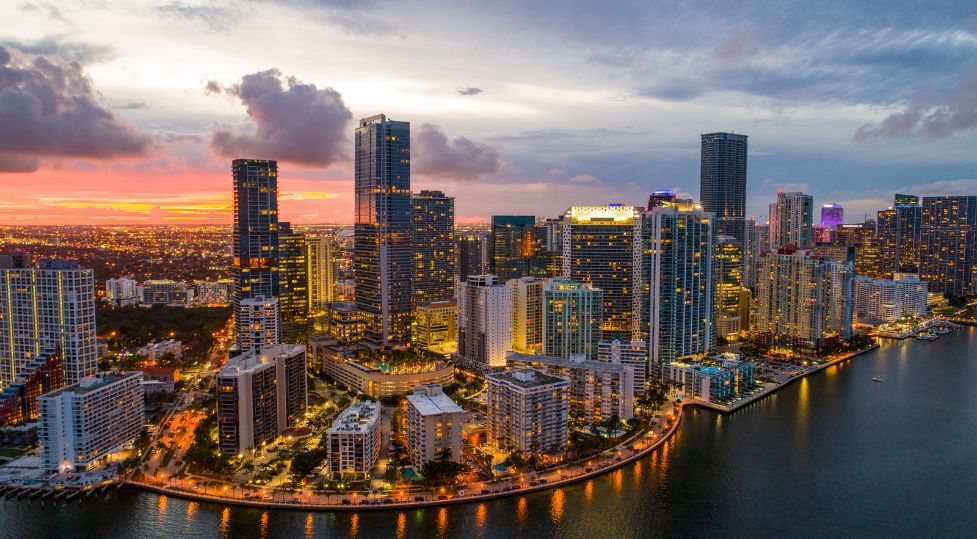Miami presents the highest real estate bubble risk among more than twenty major cities worldwide analyzed in the 2025 edition of the UBS Global Real Estate Bubble Index. Behind it are Tokyo and Zurich, also at high risk.
Over the past 15 years, Miami recorded the highest inflation-adjusted home price appreciation among all the cities in the study. However, the boom has cooled over the past four quarters, with a notable slowdown in home price growth, the report notes.
Over the past five years, Miami—along with Dubai—continued to decouple from fundamentals and led with an average real price growth of approximately 50%. They were followed by Tokyo and Zurich, with increases of 35% and nearly 25%, respectively.
Despite housing affordability for buyers being near historic lows, owner-occupied home prices have continued to diverge from rents. The current price-to-rent ratio has even surpassed the extremes of the 2006 housing bubble, indicating a high bubble risk, according to the UBS index.
Recently, housing inventory has recovered to levels close to those seen before the pandemic, as slightly lower mortgage rates and significant embedded equity levels have led some homeowners to put their properties up for sale.
Regulatory changes have forced many long-time owners of older condominiums to address decades of deferred maintenance, resulting in considerable costs. Along with rising insurance premiums due to increased environmental risks, this has further contributed to selling pressure, according to the report, which also points out that, historically, worsening affordability and growing gaps between prices and rents have been precursors to real estate crises.
While the Swiss bank expects price growth to turn negative in the coming quarters, a sharp correction “does not currently seem likely.” Miami’s coastal appeal and favorable tax environment continue to attract new residents from the western and northeastern United States, with property prices still well below those in New York and Los Angeles. International demand, especially from Latin America, remains strong, particularly in the luxury beachfront condominium segment, the report notes.
On average, global real estate markets continued to cool. Matthias Holzhey, Senior Real Estate Economist in the Chief Investment Office of UBS Global Wealth Management and lead author of the study, explained that “widespread exuberance has faded, as the average bubble risk in major cities has declined for the third consecutive year.”
UBS warns that the lack of housing affordability increases the risk of regulation and notes that “overall, financially accessible living space for a skilled worker is, on average, 30% smaller than in 2021.” Purchasing a 60-square-meter apartment, the report says, is beyond the budget of the average skilled worker in most global cities.




